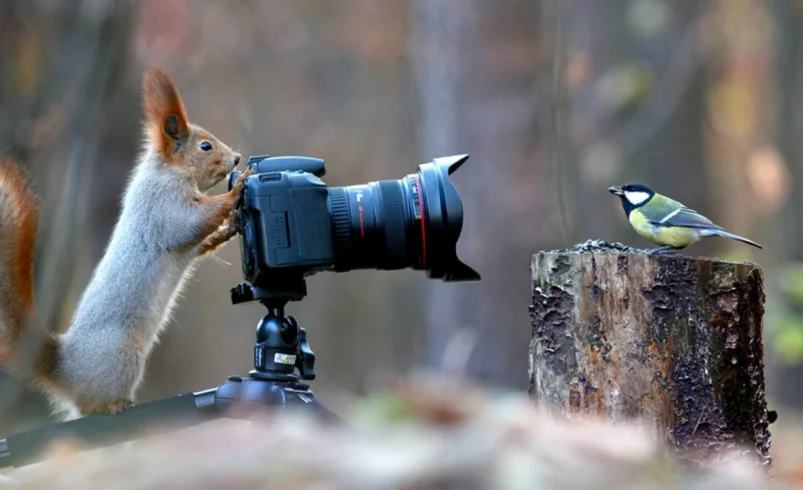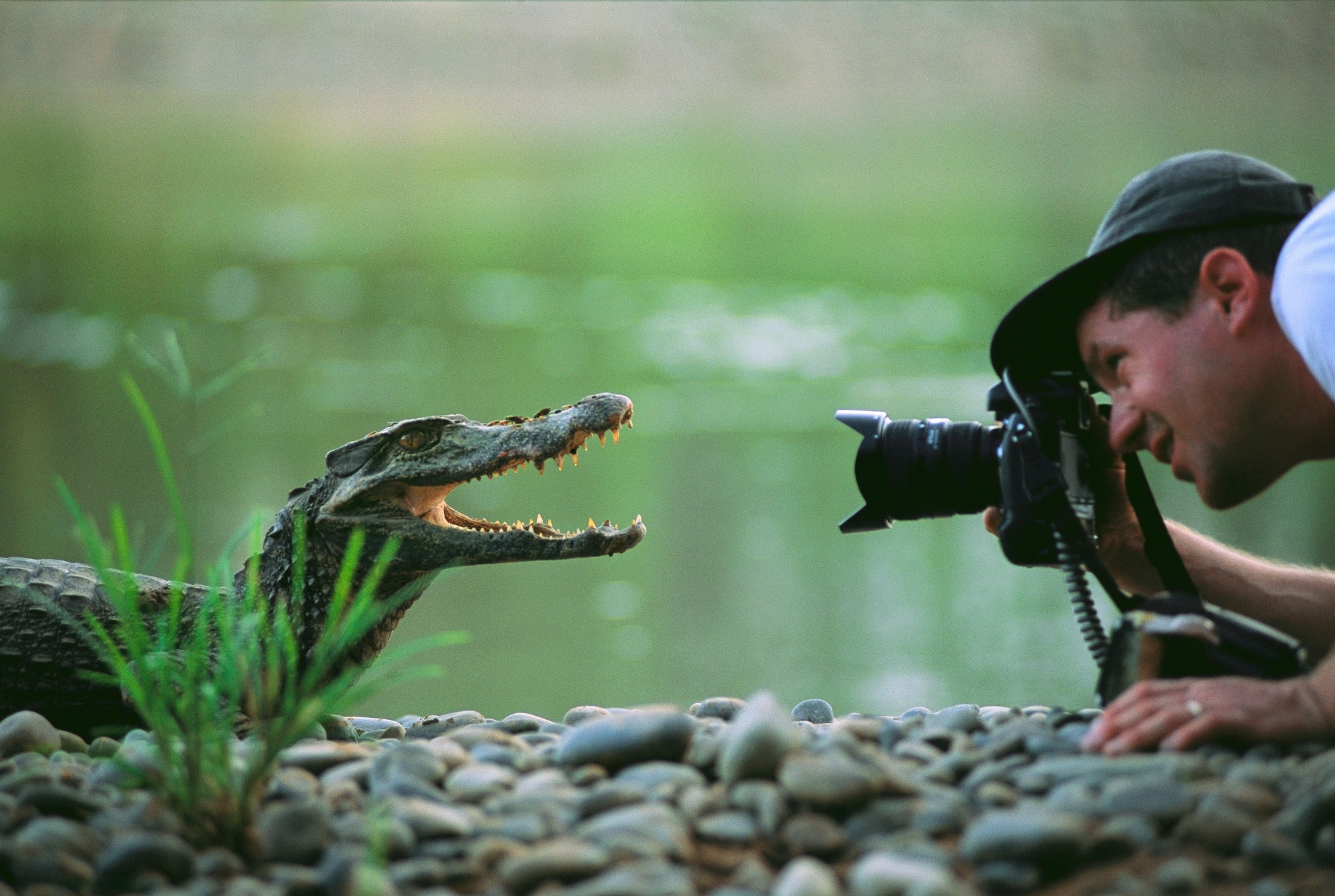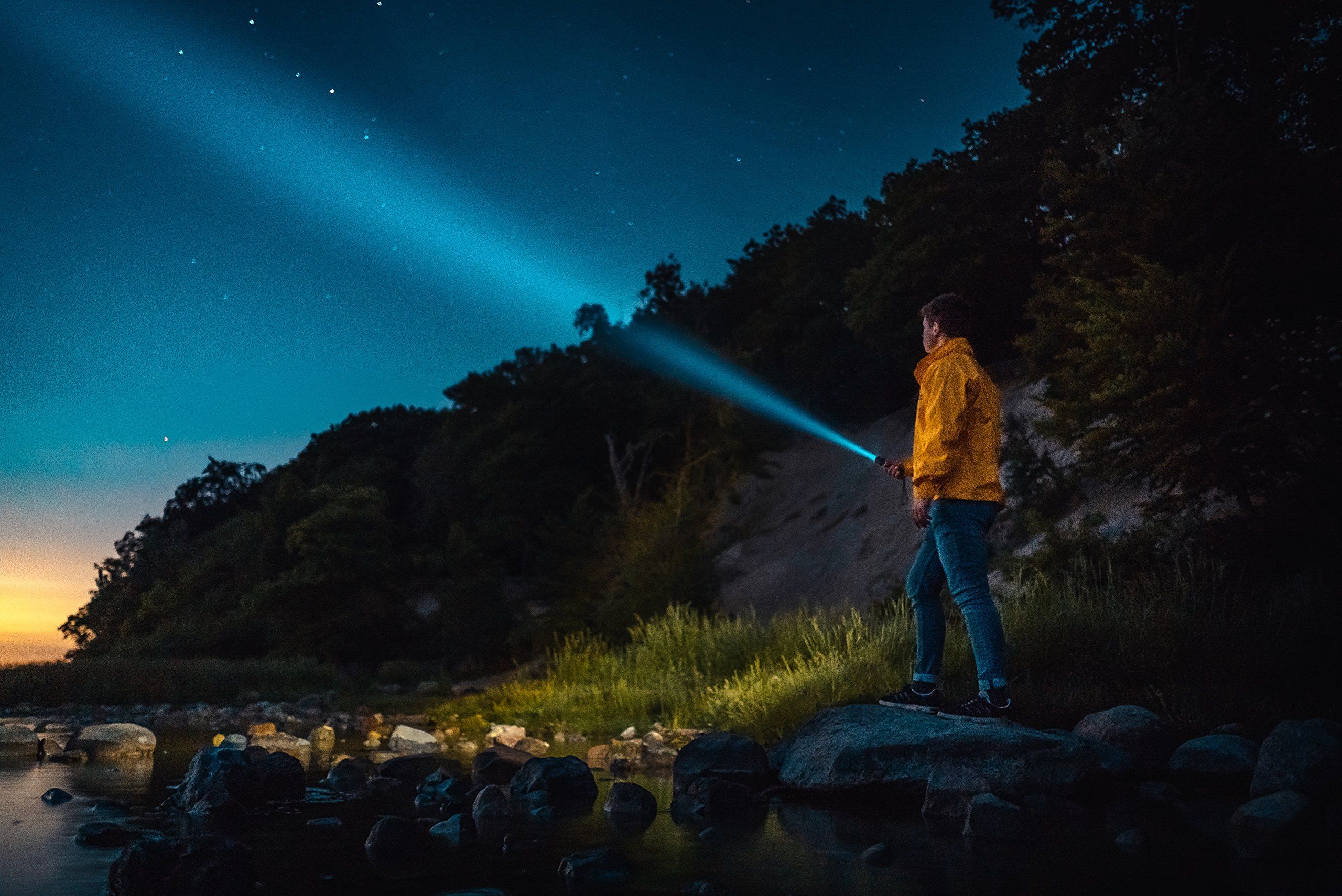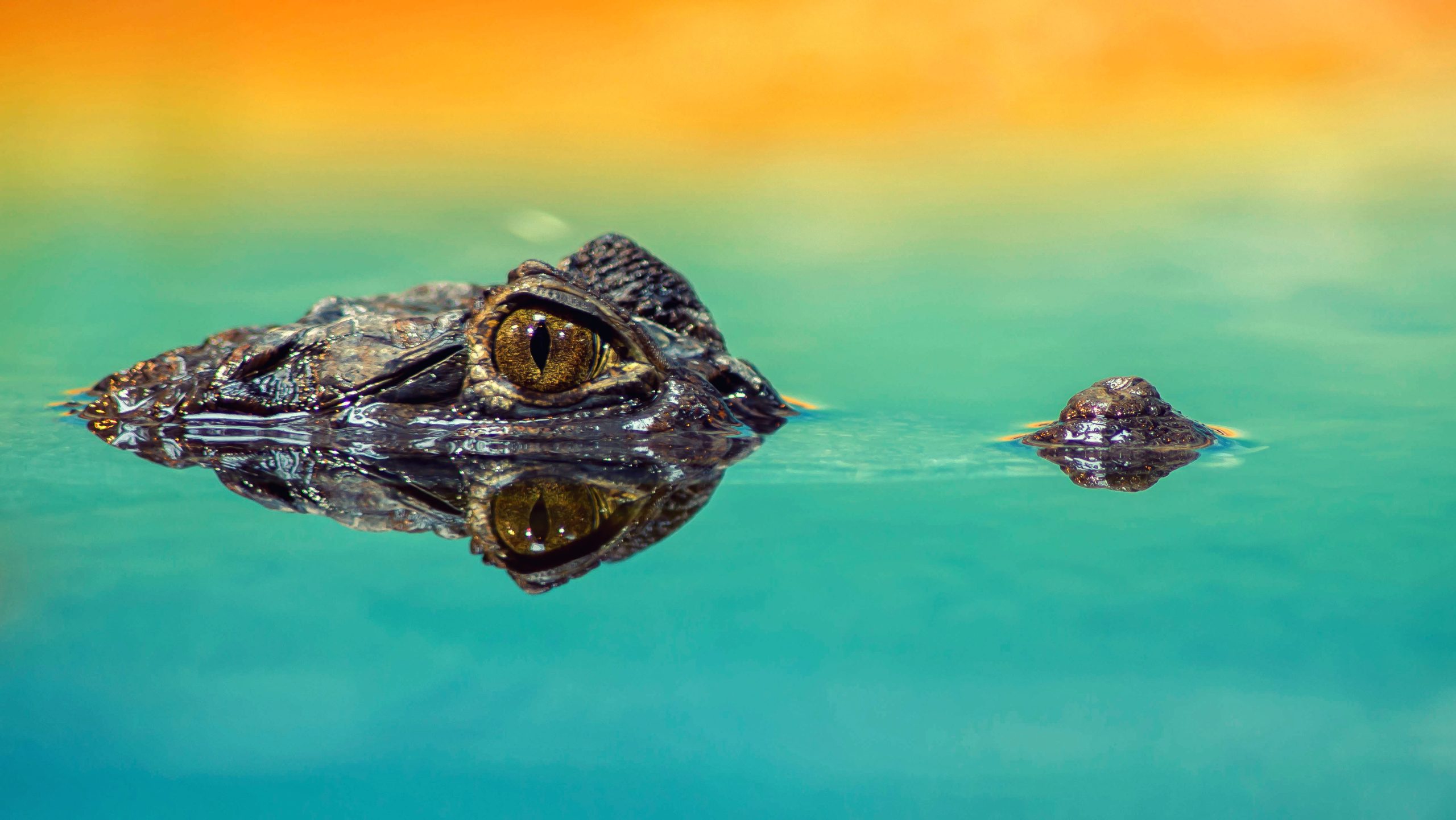Methods for Photographing Botswana’s Awesome Elephants

Capturing Scale of an Elephant
When dealing with an animal as enormous as an elephant, I typically like to head in one of two main directions with my photography. I either want to fill the frame with these impressive animals, such that I have edge-to-edge elephant(s), or I want to place them in the landscape to show not just multiple elephants in the herd, but also the context of the elephants within the landscape.
As you can see from the below photo, when in areas with close viewing of elephants (and a trusty telephoto like a 100-400mm lens) you can fill the frame as much as you’d like to get this edge-to-edge composition.
When lining up my photo for these “big” photos of elephants, I tend to prefer those that feature just part of the elephant, such as the eye, face, etc. As you can see from the next photo, a photo of the entire head and part of the of the elephant itself is nice, but it’s as intriguing or compelling as one that features the elephant in literally every pixel of the photo as above.
One way around the plainness of the above photo is to showcase one single elephant within a herd of elephants. This way you can capture the entire face of a single elephant, which helps storytell and connect the viewer with a single creature, but you also benefit by having elephant textures across the entire scene, like in the below. In the above photo, the green grass and distant background helps create a portrait effect, but it leaves the photo looking a little flat and uninteresting. The below photo is closer to where we want to be.

With the above photo, you capture that single animal, but instead of having the remaining textures somewhat unrelated, you fill the frame with elephants, maximizing the texture and context to the scene.
Conversely, my other main strategy for composing photos is to deliberately isolate and minimize the elephant from its surroundings. That is, showcasing the individual, but instead to showcase the environment of the elephant. This serves to provide a bit of relativity and allows the viewer to compare the size of the elephant to the size of the environment.
Above, I’ve chosen to deliberately zoom out and photograph this small herd in relation to the landscape. Although I could have zoomed in and filled the frame with these elephants, I am very conscientious about taking moments during these special sightings to capture the whole scene as my eyes see it. While this may not look overly impressive in the back of your camera, once enlarged onto a computer screen or print piece everything comes together.
In cases when I see elephants at some distance, instead of trying to eek out every bit of telephoto power I have, I opt for a very exaggerated photo of exactly how small the elephants can appear in their surroundings.
This can be done at varying levels of exaggerated composition. adhering to the rule-of-thirds, while the second photo is exaggerated to showcase the elephants as a small sliver of the scene. Neither one is “right” but both are unique and captivating in their own way.

Angle and Perspective
At some point during your safari, you’ll want to shift focus photos and begin thinking about how you can capture elephant photos at unique angles.
What you’ll notice is that most of your photos are from safari vehicles or from viewing platforms at your safari camp, which give you two specific perspectives or angles of view. Trust me, this ordinarily is plenty. However, when in Botswana, you’ll no doubt have the thrilling opportunity to photograph elephants from small boats by way of delta skiffs. Although you may see elephants exhibiting similar behavior in similar environments as your other photos, you will likely have a much lower angle by boat which provides an exceptionally different type of photo.
Behavior
Finally, an elephant photography tutorial wouldn’t be complete without talking about how to capture their antics.
Elephants are revered as some of the wildlife for a reason. Whether they are communing with one another, defending their herd, or migrating from place to place, the variety of behaviors is extraordinary. Plus, they are wildly intelligent, so it’s rather common to be surprised by seeing a “new” behavior that stops you in your tracks and insists that you photograph it—perhaps merely to document it!




